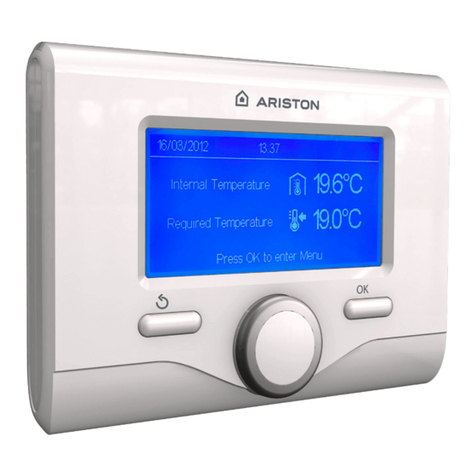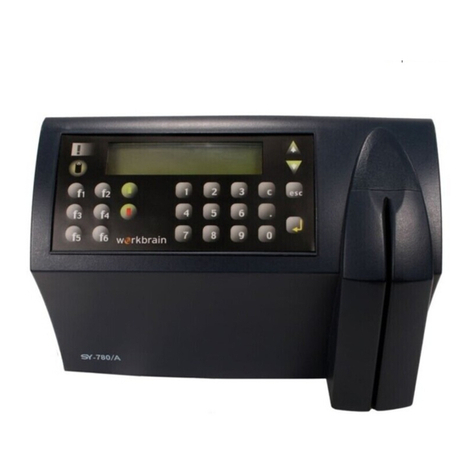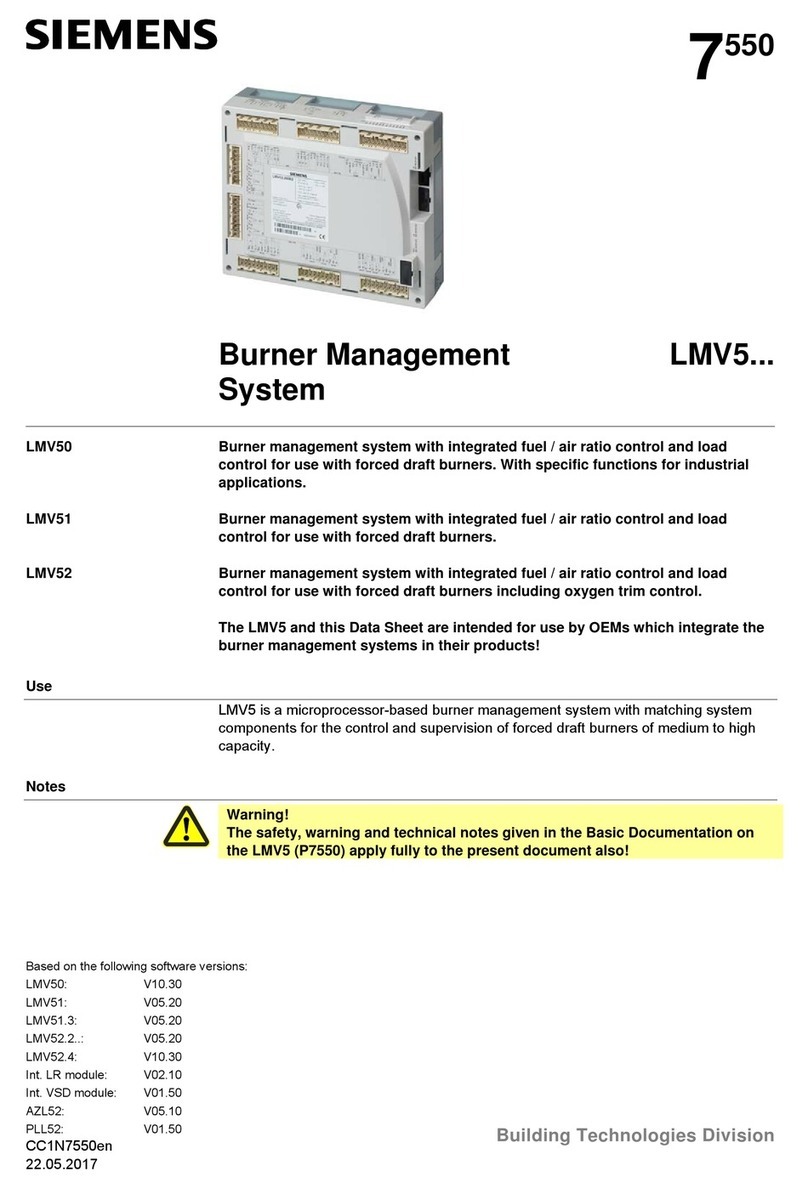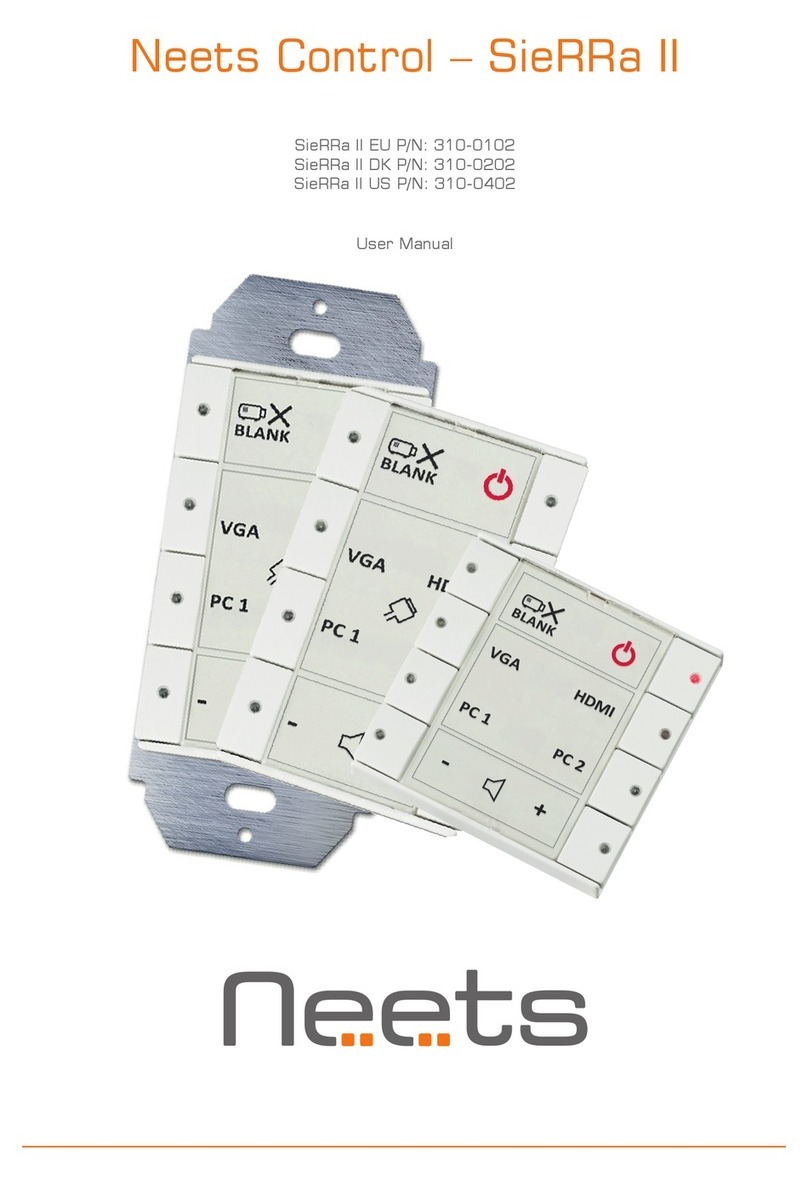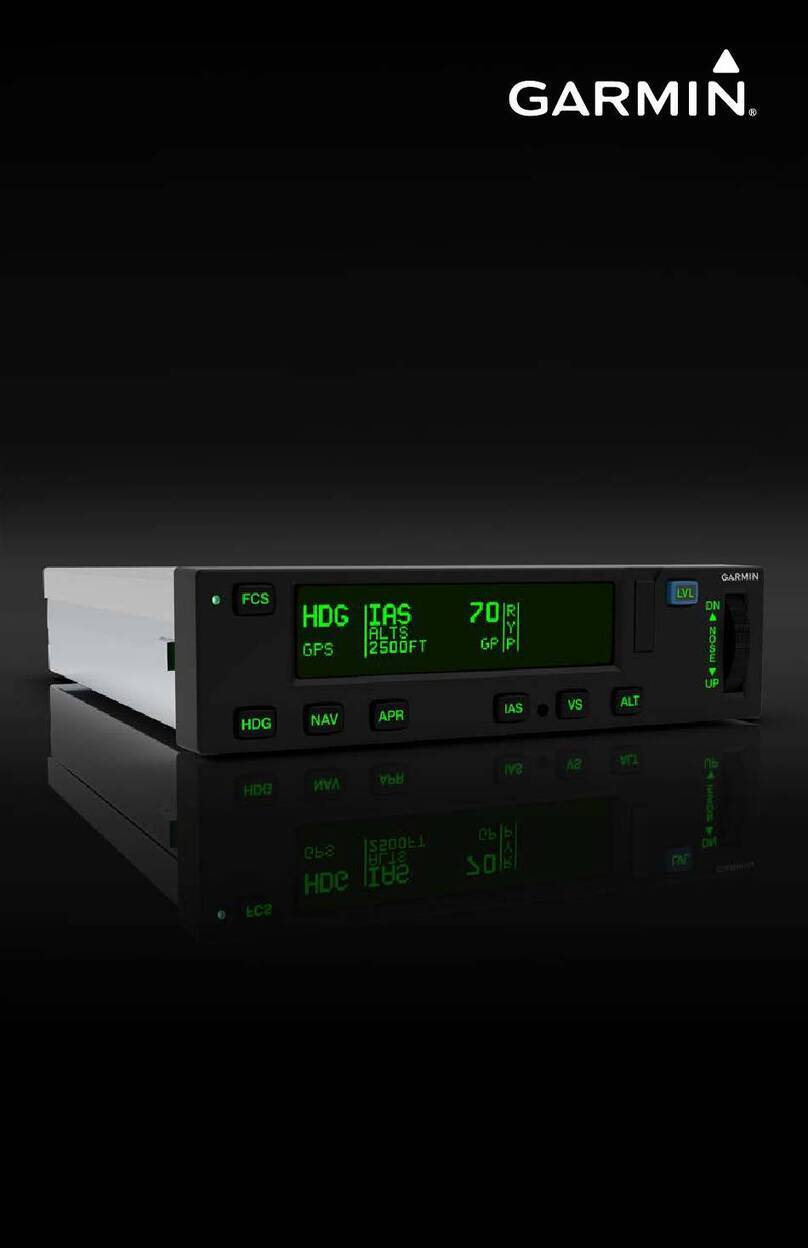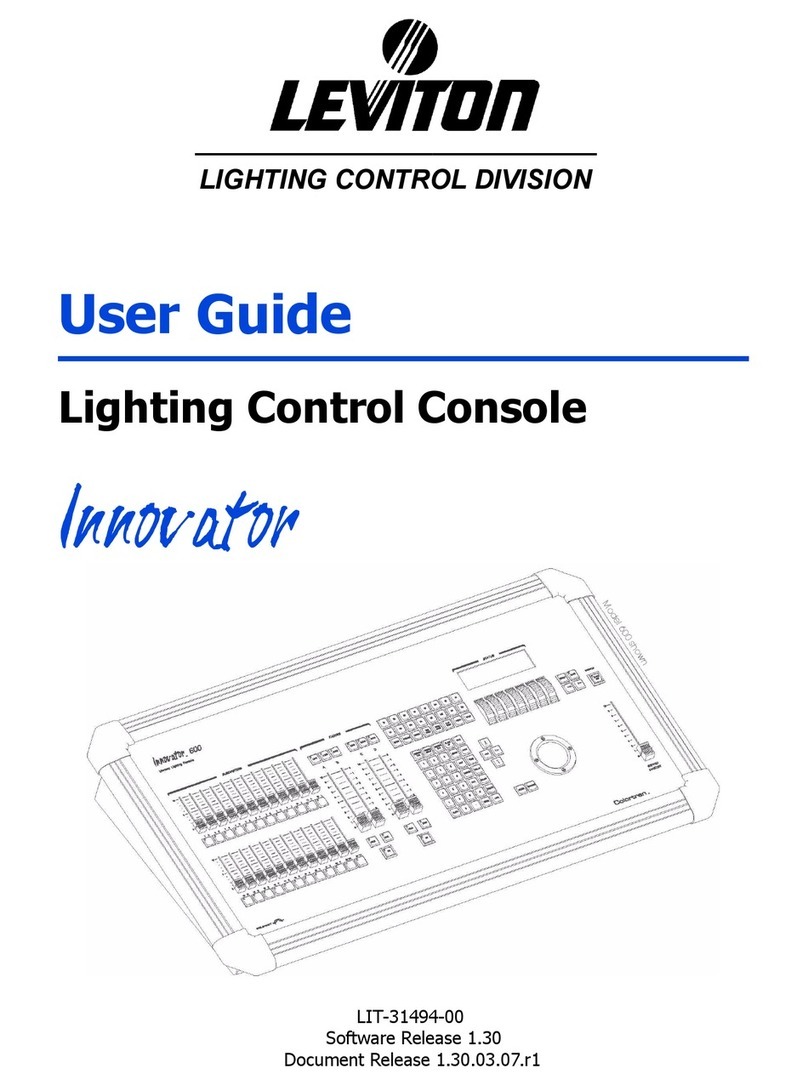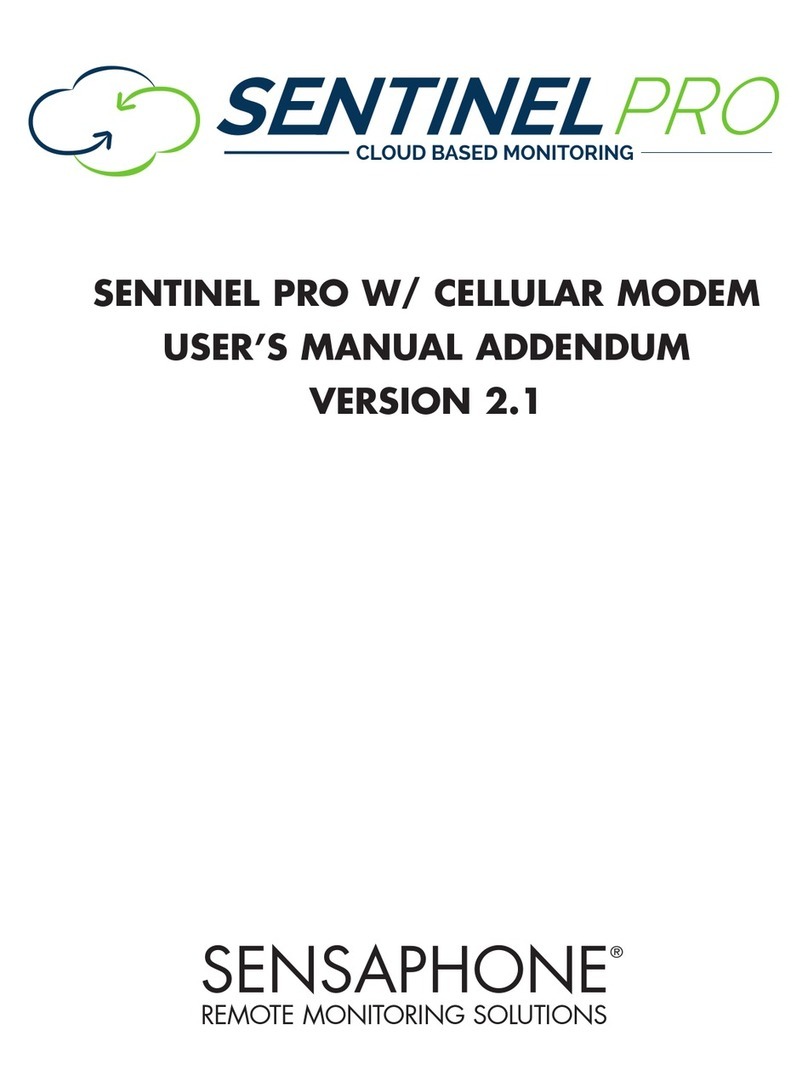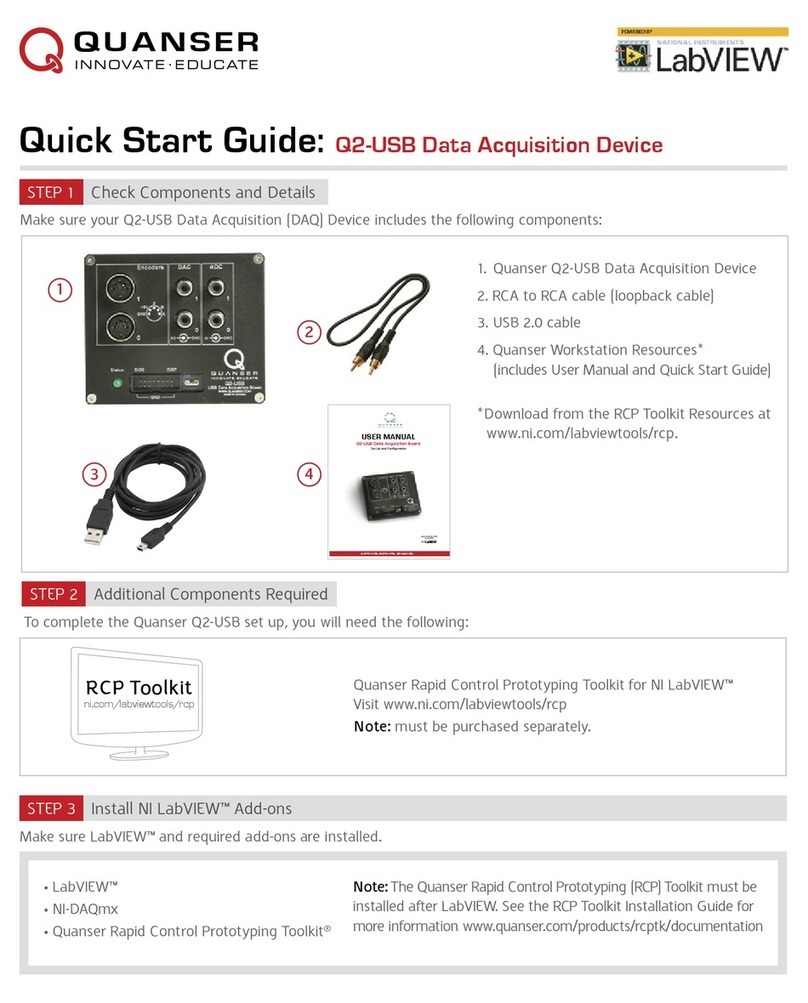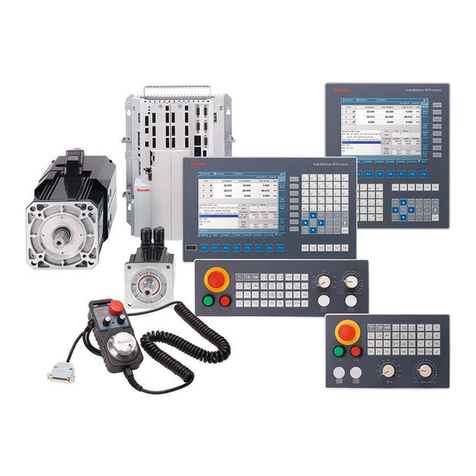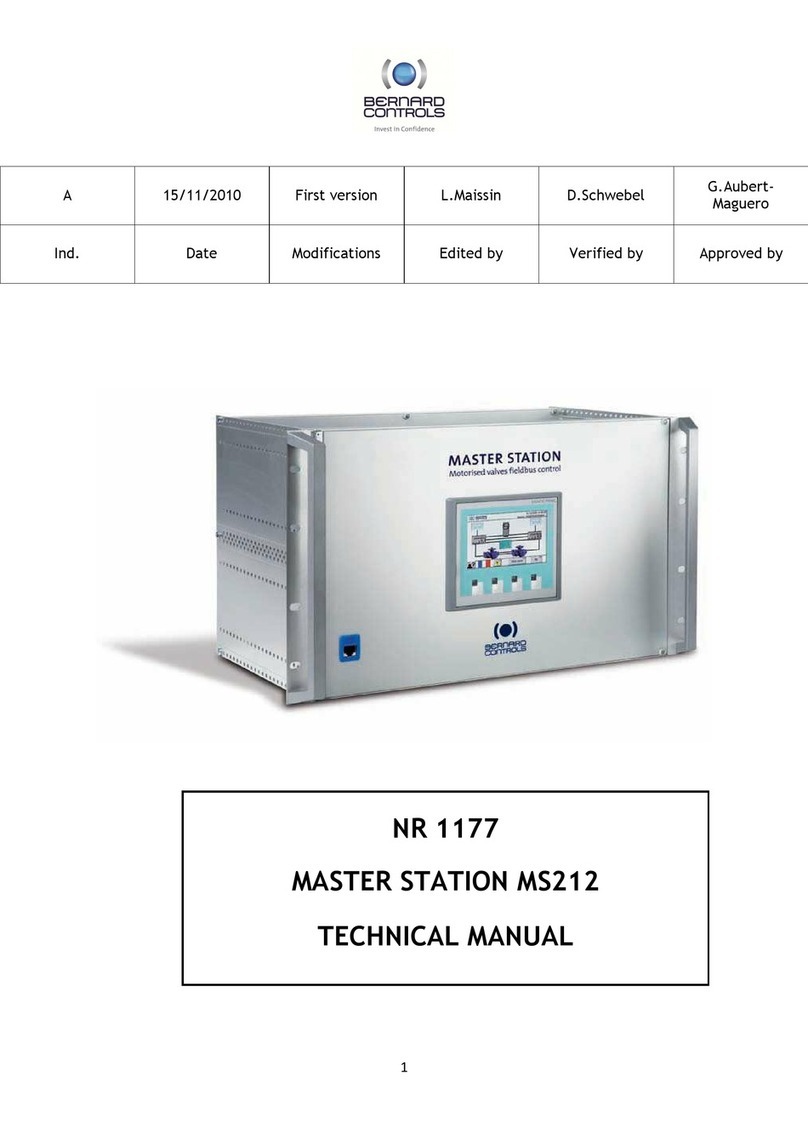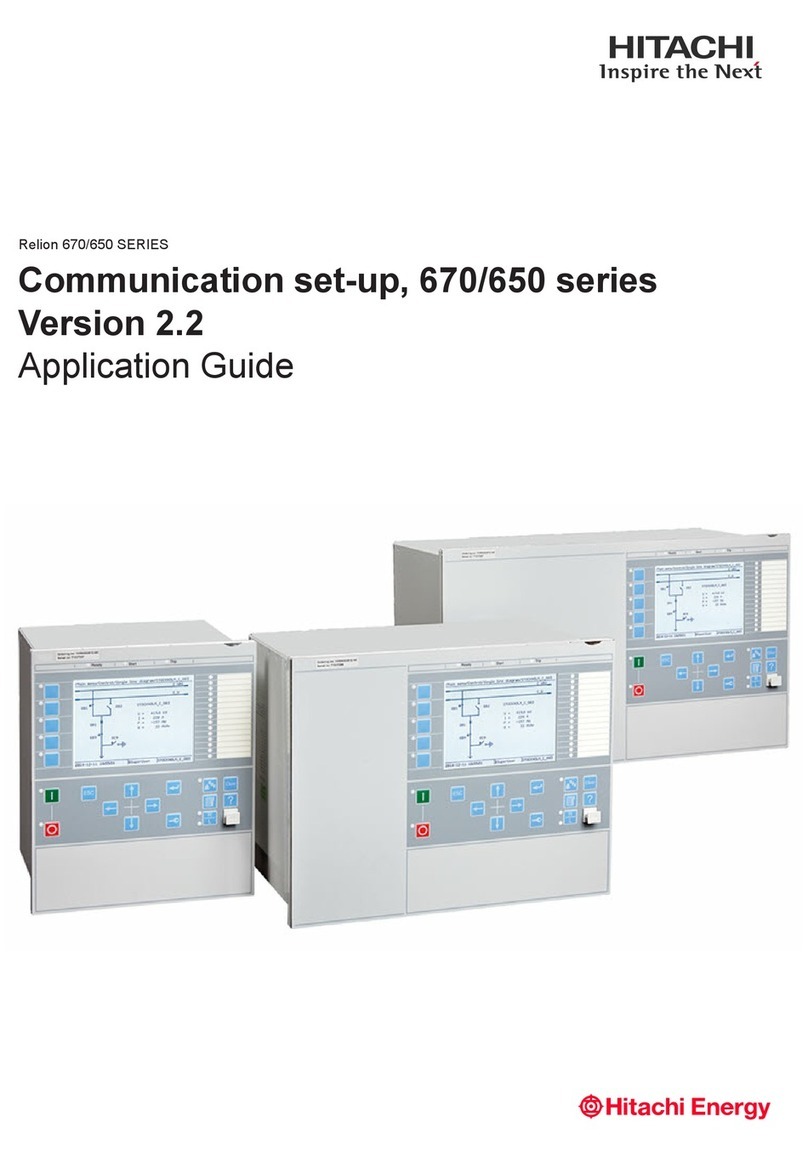Trumpf TruConvert DC 1030 User manual

Operator's manual
TruConvert DC 1030,
TruConvert System Control


Operator's manual
TruConvert DC 1030,
TruConvert System Control
Original operator's manual
Edition 2022-06-22

Order Information Please specify when ordering this document:
Operator's manual
TruConvert DC 1030, TruConvert System Control
Edition 2022-06-22
Document number A67-0147-00.BKen-001-01
Address for orders TRUMPF Hüttinger GmbH + Co. KG
Technische Redaktion
Bötzinger Straße 80
D-79111 Freiburg
Fon: +49 761 8971 - 0
Fax: +49 761 8971 - 1150
Internet: http://www.trumpf-huettinger.com
E-Mail: [email protected]
© TRUMPF Hüttinger GmbH + Co. KG

Good to know
Provide the serial number when you contact the Service depart-
ment. The serial number can be found on the name plate of the
device.
How to reach our Service department:
+49 761 8971-2170
+49 761 8971-1178
A67-0147-00.BKen-0
01-01
2022-06-22 Good to know I
Need help?
Telephone
Fax
E-mail

II Good to know 2022-06-22 A67-0147-00.BKen-0
01-01

Table of contents
1 Safety 4
1.1 Important notes 4
1.2 Storing the operating instructions 4
1.3 Warning signs 4
1.4 Using the DC-DC module 5
1.5 Authorized personnel 6
1.6 Warning signs on the DC-DC module 7
1.7 What you must know as an operator 7
1.8 Dangers from high voltages 8
Protective measures taken by the manu-
facturer
9
1.9 What you must know as an operator 9
Ensuring safe operation of the DC-DC
module
9
Check periodically 9
2 Description 10
2.1 Fields of application 10
Typical fields of application 10
2.2 Function description 10
Operation 12
2.3 Construction 13
TruConvert DC series 1000 construction 13
TruConvert System Control construction 14
2.4 Display elements 15
3 Technical specifications 16
3.1 TruConvert DC 1030 Data 16
3.2 TruConvert System Control data 22
4 Interfaces 24
4.1 Protective earth 24
4.2 Supply voltage 24 V DC 25
4.3 DC link connection and battery connection 25
4.4 RS-485 data input/data output (IN/OUT) 26
4.5 Interfaces on the system control 27
24 V supply voltage (DC) 27
A67-0147-00.BKen-0
01-01
2022-06-22 Table of contents 1

Ethernet 28
RS-485 28
5 Standards and directives 29
5.1 CE certification 29
5.2 EU declaration of conformity TruConvert DC
1030
30
5.3 EU declaration of conformity TruConvert Sys-
tem Control
31
6 Installation 32
6.1 Inspecting the delivery 32
6.2 Disposing of packaging material 32
6.3 Transport 32
6.4 Storage conditions 32
6.5 Requirements for the site 33
6.6 Possible installation positions 34
6.7 Electrical connection 35
Establishing electrical connection 36
Using ferrite core to achieve the limit
value for level C1
39
Connection diagram with 3 DC-DC mod-
ules (example)
40
6.8 Dismantling the DC-DC module 40
6.9 Shipping the module 41
6.10 Disposing of the module 41
7 Operation 42
7.1 Commissioning 42
Performing initial commissioning 42
7.2 Active interface 47
7.3 Operation via web-based user interface 48
Calling up the web GUI 48
Orientation of the user interface 48
Menu structure 52
7.4 Operation via Modbus 52
Establishing a connection 53
Addressing modules via Modbus 53
Modbus Register Map 54
7.5 Transmission of power 60
Switching the transmission of power on/off 60
2Table of contents 2022-06-22 A67-0147-00.BKen-0
01-01

7.6 Displaying and resetting messages 61
Displaying messages of the web GUI 61
Modbus: displaying and resetting mes-
sages
63
7.7 Overload 65
Examples: Reduce and then again
increase overload capacity
65
7.8 DC voltage droop 66
Function description of DC voltage droop 66
Switching on DC voltage droop 68
Parameterization of DC voltage droop 68
7.9 Actual values 70
Display actual values 70
7.10 Process set values 71
Set process set values 71
7.11 Data backup 71
Saving parameters and resetting to fac-
tory settings
71
7.12 System configuration 72
Setting the system configuration 73
7.13 System settings 75
Setting the system time 75
Changing network settings 75
7.14 Software update 77
Perform software update 77
7.15 Device information 77
Displaying device information 77
7.16 State diagram 78
8 Maintenance 79
8.1 Periodic check of the environmental condi-
tions
79
8.2 Cleaning 79
8.3 Exchanging fans 79
8.4 Performing software updates 79
9 Troubleshooting 80
9.1 Fault indication and messages 80
Fault indication with the LEDs 80
9.2 Messages 80
A67-0147-00.BKen-0
01-01
2022-06-22 Table of contents 3

1. Safety
1.1 Important notes
■This is a product for commercial and industrial use in the
"second environment". This is the environment to which all
commercial, light manufacturing and industrial enterprises
belong, with the exception of those that are connected
directly to the low-voltage network for the supply of buildings
for residential use.
To prevent disturbances, restrictions regarding the installa-
tion or additional measures may be necessary.
■The products listed in the declaration of conformity are not
independently operating products in the sense of the EMC
directive. The EMC situation cannot be evaluated until the
product has been incorporated in a complete system. The
evaluation was verified for a typical system configuration, but
not for the individual product.
■All technical safety requirements in the product-specific docu-
mentation (operating instructions, manual, etc.) must be
adhered to throughout the entire product lifecycle.
1.2 Storing the operating instructions
IMPORTANT SAFETY INSTRUCTIONS
ØSAVE THESE INSTRUCTIONS.
These operating instructions contain safety notices that must be
observed during installation and maintenance. Therefore, keep
the operating instructions in a safe place for the entire life cycle
of the device.
Include the operating instructions if you sell the device or set it
up at another location.
1.3 Warning signs
Certain activities can cause danger during operation. Corre-
sponding warning signs concerning the dangers should precede
instructions concerning the activities. Danger signs are located
on the device.
A warning sign contains signal words which are explained in the
following table:
4Safety 2022-06-22 A67-0147-00.BKen-0
01-01
CAUTION

Signal word Description
DANGER Indicates a major danger. If it is not avoided,
serious injuries or death will result.
WARNING Indicates a dangerous situation. If it is not
avoided, it may lead to serious injuries.
CAUTION Indicates a potentially dangerous situation. If it
is not avoided, injuries may occur.
NOTICE If such a situation is ignored, material damage
may result.
Description of the signal words Tab. 1
1.4 Using the DC-DC module
The DC-DC module is used as a link between a DC link and a
DC voltage load or DC voltage source.
The DC voltage source can consist of a battery.
The energy can flow in either direction.
■The DC link voltage must be balanced to earth.
Deviations possible upon consultation with TRUMPF.
■Used batteries: All common rechargeable battery systems.
− The DC-DC module may only be operated in combina-
tion with intrinsically safe batteries. The batteries must
be connected in accordance with the applicable local
standards. The relevant standards are DIN EN 50272-2,
IEC62485, IEC61427-1 depending on the type of battery.
− Maximum permissible voltage: 700 VDC.
Any use not listed under "Typical fields of application" contra-
venes the intended purpose. TRUMPF is not liable for any ensu-
ing damages, in particular for property damage, personal injury
and loss of production. The operator bears all risks. The war-
ranty is rendered null and void.
Impermissible uses include, for example:
■Use of incorrect components.
■Operation on voltages outside the specification.
■Operation on DC link voltages which are not balanced to
earth.
■Faulty installation (e.g., cables reversed).
■Use in unauthorized installation position.
■Misuse by untrained personnel.
■Input of wrong parameters.
■Use in unsuitable environmental conditions:
− Condensation, icing.
− Conductive soiling.
− Corrosive conditions (e.g. battery fumes, salt spray).
A67-0147-00.BKen-0
01-01
2022-06-22 Safety 5
Typical fields of application
Liability exclusion
Impermissible uses

− Voltages outside overvoltage category III (impulse with-
stand voltage of max. 4 kV).
− Operation at more than 2000 m above sea level.
− Operation outdoors.
− Failure to observe "pollution degree 2" environmental
condition.
− Operation in an explosive environment.
■Operation with non-intrinsically safe batteries.
1.5 Authorized personnel
Installation, operation, configuration and maintenance work may
only be performed by authorized, trained and instructed person-
nel.
Authorized persons must be trained and be familiar with the
standards and regulations relevant to their tasks.
It is the duty and responsibility of the operator to maintain the
qualifications of the authorized personnel. The authorized per-
sonnel must therefore be trained at regular intervals.
The following activities may only be performed by authorized per-
sons:
■Setting up the DC-DC module.
■Connecting the DC-DC module.
■Commissioning the DC-DC module.
■Dismantling the DC-DC module.
■Operating the DC-DC module.
6Safety 2022-06-22 A67-0147-00.BKen-0
01-01

1.6 Warning signs on the DC-DC module
1 Sign with multiple warnings: Dangerous voltage, dangerous residual voltage, destruction of the device by
reverse polarity at the battery connection
Warning signs on the DC-DC module Fig. 1
1.7 What you must know as an operator
Note
All warning signs must be present and legible.
If one or more of these warning signs is missing or not legible,
contact TRUMPF to request new warning signs.
Warning sign Meaning
This sign indicates that the operat-
ing instructions must be read.
Sign warns of hazardous voltage.
Sign warns of hazardous residual
voltage.
A67-0147-00.BKen-0
01-01
2022-06-22 Safety 7

Warning sign Meaning
Sign warns of destruction of the
device by reverse polarity at the
battery connection.
Sign warns of hazardous voltage
on the battery connections.
Meaning of the warning signs Tab. 2
1.8 Dangers from high voltages
Life threatening voltage!
The voltages present at the DC-DC module are life-
threatening.
ØOnly have work on the DC-DC module performed by author-
ized, trained and instructed personnel.
The DC-DC module produces voltages that can endanger
human life and health. These voltages occur both in the DC-DC
module as well as at the outputs of the DC-DC module.
The DC-DC module's connection cables carry voltages that are
life-threatening.
A person who comes into contact with live DC-DC module parts
may be killed or severely injured.
Simultaneous control via web-based user interface and
Modbus is possible!
Power transmission stopped using the user interface can
be started again and reversed via Modbus.
ØBefore carrying out work on the device, deenergize all sup-
ply lines and secure against reenergizing.
ØMake sure that the device is controlled via one channel
only (user interface or Modbus).
8Safety 2022-06-22 A67-0147-00.BKen-0
01-01
WARNING
WARNING

Protective measures taken by the
manufacturer
The DC-DC module is installed in an enclosed metal casing.
1.9 What you must know as an operator
Ensuring safe operation of the DC-DC
module
1. The DC-DC module must not be opened.
There are no parts within the DC-DC module that can be
serviced by the user.
2. Only operate the DC-DC module within the conditions descri-
bed in chapter "Technical specifications".
3. For the electrical connection, use only cables that are in per-
fect condition and have the correct dimensions.
Check periodically
ØPeriodically retest acc. to DGUV regulation 3 (DGUV = Deut-
sche Gesetzliche Unfallversicherung – German Statutory
Accident Insurance Association).
A67-0147-00.BKen-0
01-01
2022-06-22 Safety 9

2. Description
2.1 Fields of application
Typical fields of application
The DC-DC module is used as a link between a DC link and a
DC voltage load or DC voltage source.
The DC voltage source can consist of a battery.
The energy can flow in either direction.
■The DC link voltage should be balanced to earth. For permis-
sible deviations, see (see "DC link (high-voltage side)",
pg. 16).
■Used batteries: All common rechargeable battery systems.
− The DC-DC module may only be operated in combina-
tion with intrinsically safe batteries. The batteries must
be connected in accordance with the applicable local
standards. The relevant standards are DIN EN 50272-2,
IEC62485, IEC61427-1 depending on the type of battery.
− Maximum permitted voltage:
Low-voltage side: ≤ 700 VDC.
High-voltage side: ≤ 950 VDC.
Allowed voltage range:
Low-voltage side: 100 VDC – 700 VDC.
High-voltage side: 150 VDC – 950 VDC.
Redox flow application: 0 … 100 VDC, possible with
reduced current.
Destruction of the device.
If the voltage on the low-voltage side is higher than the
voltage on the high-voltage side, there is a risk of current
flowing in an uncontrolled manner.
ØMake sure that the voltage on the high-voltage side is at
least 50 VDC higher than the voltage on the low-voltage
side.
The TruConvert System Control external control must be used
to monitor and control the DC-DC module.
2.2 Function description
The DC-DC module is a bidirectional DC voltage converter for
charging a battery from a DC link (high voltage) and for feeding
energy from a battery back into the DC link (high voltage).
10 Description 2022-06-22 A67-0147-00.BKen-0
01-01
Typical fields of application
NOTICE
Control

Voltage limits can be set both for the battery charging and dis-
charging processes as is appropriate for the batteries used.
Note
Instead of a battery, a different DC energy source or DC load
can also be used. For the sake of simplicity, we always speak
of batteries in these operating instructions.
The device is air-cooled and transformerless. It does not come
with galvanic isolation.
■The DC-DC module draws energy from a DC link (high volt-
age) and charges a battery.
■The DC-DC module draws energy from a battery and feeds
it into a DC link (high voltage).
System control Device Level 1 Device Level 2
TruConvert System
Control
n × TruConvert DC
1030
–
TruConvert System
Control
n × TruConvert DC
1008
–
TruConvert System
Control
TruConvert AC 3025 m × TruConvert DC
1030
TruConvert System
Control
TruConvert AC 3025 m × TruConvert DC
1008
n ≤ 16 pieces, m ≤ 4 pieces
Combination possibilities of the TruConvert devices Tab. 3
1 DC link 3 Battery
2 DC-DC module 4 External fuse
Single connection on battery side Fig. 2
A67-0147-00.BKen-0
01-01
2022-06-22 Description 11
Operation modes
Configurations

1 DC link 3 Battery
2 DC-DC module 4 External fuse
Parallel operation of battery side Fig. 3
Operation
The DC-DC module can be operated via:
■PC with a web browser
■Modbus TCP/UDP
In both cases, the TruConvert System Control must be con-
nected upstream. In the "DC only" configuration, a TruCon-
vert System Control can control up to 16 DC-DC modules (see
"Fig. 4", pg. 13).
12 Description 2022-06-22 A67-0147-00.BKen-0
01-01

1 PC with web browser or Mod-
bus master
3 TruConvert DC series 1000
2 TruConvert System Control
Operation with TruConvert System Control Fig. 4
2.3 Construction
TruConvert DC series 1000 construction
The DC-DC module is housed in an enclosed metal housing.
The fan on the inside of the front panel draws in air for cooling.
All connecting elements are located on the back side.
1 Front panel with mounting
brackets
3 Display elements
2 Opening for air intake
Overview Fig. 5
A67-0147-00.BKen-0
01-01
2022-06-22 Description 13
Overview

1 M6 thread for connecting the
protective earth
4 Data input (RS-485)
2 Supply voltage connection 5 Data output (RS-485)
3 Display elements 6 Connector for DC link and bat-
tery connection
Rear side Fig. 6
TruConvert System Control construction
1 Data connection for PC: "Ether-
net 1"
4 No function 6 24 V supply voltage, protective
earth (optional)
2 Data connection for further sys-
tem control: "Ethernet 2"
5 Display elements 7 Data connection "RS-485"
(optional)
3 Reset button (reset IP address)
TruConvert System Control front side Fig. 7
14 Description 2022-06-22 A67-0147-00.BKen-0
01-01
Rear side
Front side
Table of contents
Other Trumpf Control System manuals

